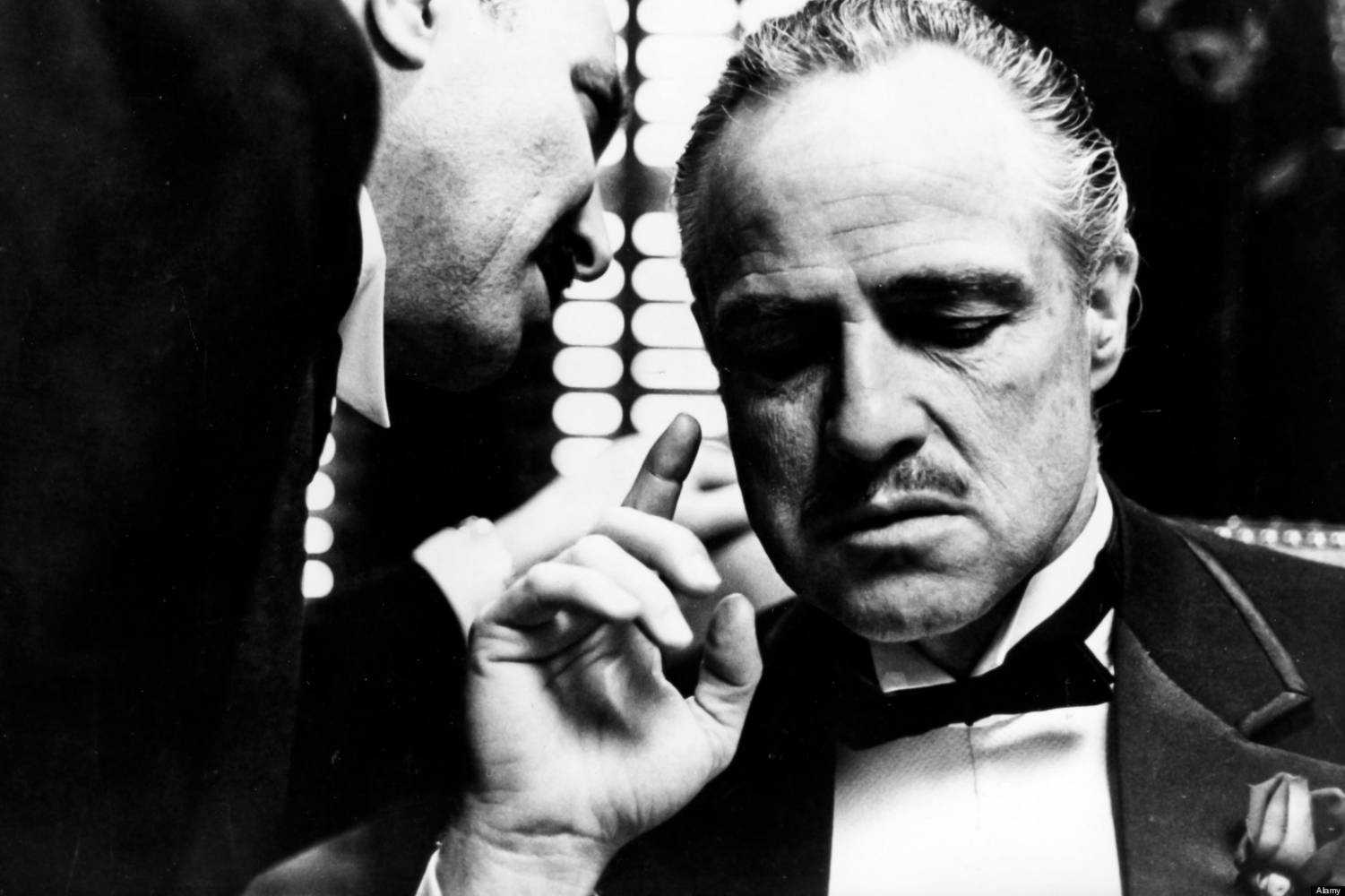BY: SIMONE SMITH
The word mob or mobster is most commonly associated with thoughts of criminal activity, Italian communities, drug trafficking, extortion and so on. I am sure you get my point; the word has never been associated with something that is seen as positive, yet the Italian Mafia has been recognized as one of the most organized communities in our current history. I remember watching movies like Scarface, Godfather I, II, and III, Casino, Untouchables, GoodFellas, and Bronx Tale, and being mentally aroused and fascinated by what I saw. I saw a group of persons, stimulating one another, encouraging each other, eating with each other, making money together, and at times killing each other if there was said to be any betrayal. I was most impressed with how organized their communities were; everyone would have each other’s back, and the only time you really saw treachery was if one person was envious of another’s wealth and power, or if someone got caught up and eventually snitched. Regardless of what we want to say about the Italian Mafia, one thing is for sure; they are ORGANIZED!
Great week to you my Toronto Community Family! How has your couple of weeks been? My weeks have been hectic, but as I go through my days, I learn more and more and naturally, I am going to share it with you. Our community has struggled in the past; our struggles exist around one key idea; ORGANIZATION! Last week I started the book MOB RULES: What the Mafia can teach the Legitimate Businessman by Louis Ferrante. Odd book; I know. It may not seem like the type of book that I would be reading; there is a beauty in that. Many of us stay locked into our own way of thinking; this stunts your growth. Every day we have to find ways to stretch our thinking; this can include reading something that you would not ordinarily read, speaking to someone you would not ordinarily speak to and watch something that is out of your comfort zone. It allows for mental expansion and who knows, you may learn something new. So this week, we are going to learn how to conduct business with some mafia strategies.
WE SHOULD BE SO ORGANIZED THAT WE HAVE THE POWER TO BE A GOVERNMENT WITHIN A GOVERNMENT IN THIS COUNTRY. As noted earlier, one of our largest issues is organization. As a leader, you must have a team around you; each team member must have a skill or talent that is necessary in your organization. As new business owners, we try to do everything by ourselves and nothing gets done well. There is always that chance that you will miss something. This is where having a strong team is important. The leader must have political direction and control that is exercised over the actions of the members, and citizens in their community or organization. They are not expected to know everything, but the community and their clients need to trust that things are being handled and that their needs are being met.
THE SUCCUSS OF THE BUSINESS COMMUNITY DEPENDS ON THE SERVICES WITHIN IT AND THE LOYALTY OF SATISFIED CUSTOMERS. Guess what? We need each other. Businesses need clients, clients need business. It is this circle that keeps the community going. There is a level of trust that must exist in order for this to happen. It means that every person in the community must be playing the role that they have assigned to themselves, or that has been assigned to them. The understanding that we need each other is key. We can live interdependently, but we still have to exist, live, eat, and sleep with each other.
As a community developer, I am going to continue to find ways in which to empower the community. We must continue to build if not for us, for our children.

